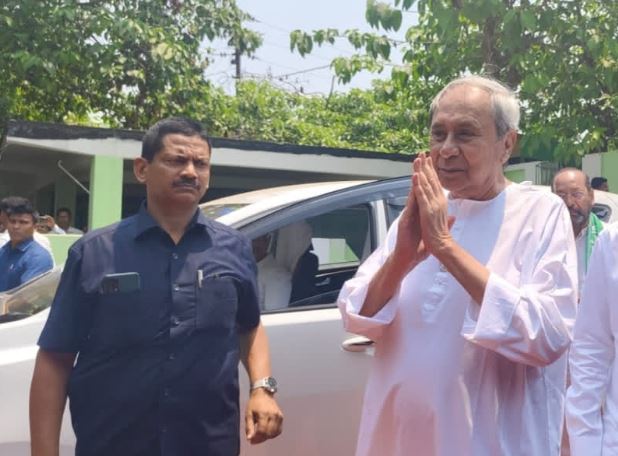An investigation into Punjab’s long tryst with the drug menace and a renewed crackdown by the state administration to curb it has thrown up disquieting details: Of the 11,156 FIRs filed under the Narcotic Drugs and Psychotropic Substances Act by Punjab Police between April 1, 2022, and February 28, 2023, women are at the centre of nearly 10 per cent of the cases.Barring a Covid-19-induced lull in 2020, this upward graph has been the trend in the drug trade in the state since 2019. Other findings include the rise in popularity of nasheeli goliyan — pharmaceutical opioids — over chitta or heroin; a suspiciously uniform pattern of apprehension of suspected users-peddlers registered in FIRs highlighting concerns of loopholes that can be exploited for acquittals; and the fact that major dealers continue to evade arrests.As a border state, Punjab’s centrality to the Golden Crescent (IranAfghanistan-Pakistan) trade route of heroin and cocaine has long rendered it vulnerable to the scourge of drugs, morphing it from a transit point to one of the major end consumers. In March this year, speaking in the state assembly, Punjab Health Minister Balbir Singh had pegged the number of individuals grappling with addiction at 10 lakh. From April 1, 2020, till March 31, 2023, Punjab has reported 266 deaths due to overdose of narcotic and psychotropic substances.Since Bhagwant Singh Mann assumed office in March 2022 with the promise, like that of his predecessors, of eradicating the menace, his government has adopted a two-pronged approach — a severe crackdown on suppliers, including seizure of their properties, and an awareness and rehabilitation campaign that focuses on prevention and restitution through creative campaigns such as cyclothons, street plays and gully cricket.It is a step in the right direction, given that so long as there is demand, supply chains will continue to spring up. But investigation also throws up issues that require the understanding and addressing of deeper, systemic fault lines. The greater involvement of women in the drug trade indicates a direct link with poverty — many of the women peddlers belong to denotified tribes or are from EWS or rural backgrounds, thrust into the trade by their husbands or families or by a temptation to get rich quickly. A large number of these women are from the Malwa region, the largest political region of Punjab, parts of which continue to score very low on social indices. Easier access and availability of education, alternate vocations and opportunities of reintegration into society might be a good place to start for finding the way out of this crisis. The setting up of all-women anti-drug committees in some Malwa villages is a welcome step. But it is equally important to keep the focus on dismantling the organised mafia. While minor drug seizures are crucial to push the case for prevention over rehabilitation, Punjab’s problems will continue unless those at the top of the organised network are brought into the net. The government must keep up the momentum to make good on its promise.
Exclusive
Breaking News
 India – New Zealand joint trade committee acknowledges in both economies
India – New Zealand joint trade committee acknowledges in both economies
 PM Gears Up for Bengal Blitz with Public Meetings in Key Constituencies On May 3
PM Gears Up for Bengal Blitz with Public Meetings in Key Constituencies On May 3
 Docs Warn Gym Goers as Sudden Heart Attacks Return, Killing at least 4
Docs Warn Gym Goers as Sudden Heart Attacks Return, Killing at least 4
 CM Files Nomination for Hinjili Assembly Seat
CM Files Nomination for Hinjili Assembly Seat
 Liquors Policy Scam: ED has no material necessitating my arrest, Kejriwal tells SC
Liquors Policy Scam: ED has no material necessitating my arrest, Kejriwal tells SC





More Stories
India – New Zealand joint trade committee acknowledges in both economies
PM Gears Up for Bengal Blitz with Public Meetings in Key Constituencies On May 3
Docs Warn Gym Goers as Sudden Heart Attacks Return, Killing at least 4